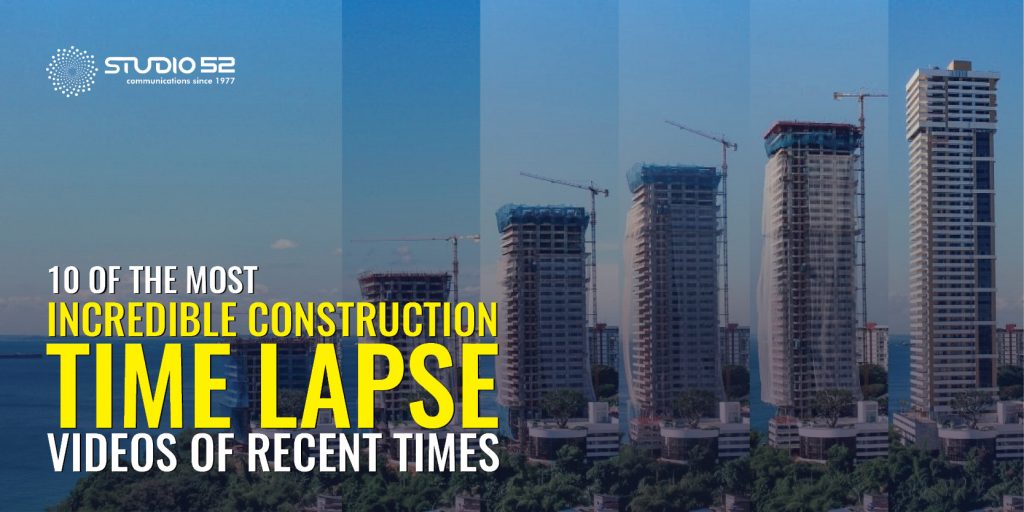From changing light and shadows to moving people and equipment, to building things, a time-lapse presents a magnificent cinematic experience. Time-lapse videos are extremely interesting ways to capture motion and then using the fast-forward mode for the progression of time to create a stunning experience. If you are planning to shoot breathtaking timelapse videos, below are some best practices that you can follow.
- Time it Right
Aim to shoot in late afternoons or early mornings when the light is softer and more appealing, rather than mid-day when there’s harsh overhead sunlight.
- Camera Framing
Ensure that your time-lapse camera is positioned horizontally and as flat as possible. This would ensure the panoramic image doesn’t get distorted when you merge two shots.
- Ideal Distance
The key point of interest must be positioned at the center of the fusion zone at a distance of more than five meters.
- Frame Interval Must be Longer than Exposure Time
This will let your camera have sufficient time to clear the image buffer before you capture the next frame. Ideally, your exposure time should be about 60-80% of your frame interval.
- Shoot in the Manual Mode
Set your camera to manual mode prior to shooting. This includes Shutter Speed, ISO, White Balance, and Aperture.
- Switch to Manual Focus
After you autofocus on your main subject, turn it off and switch to Manual before you start shooting. This way camera won’t try to autofocus each time there is a slight change in the scenery.
- No Camera Movement
Once all the parameters are set and you have positioned the camera correctly, you can start creating your time-lapse video. Make sure the camera doesn’t move while the shooting is in progress.
With all the tips mentioned above, you can easily capture a stunning timelapse video. However, don’t get disheartened if it doesn’t come out perfectly the first time. Timelapse is all about practice, the more you do it the better you will get.











